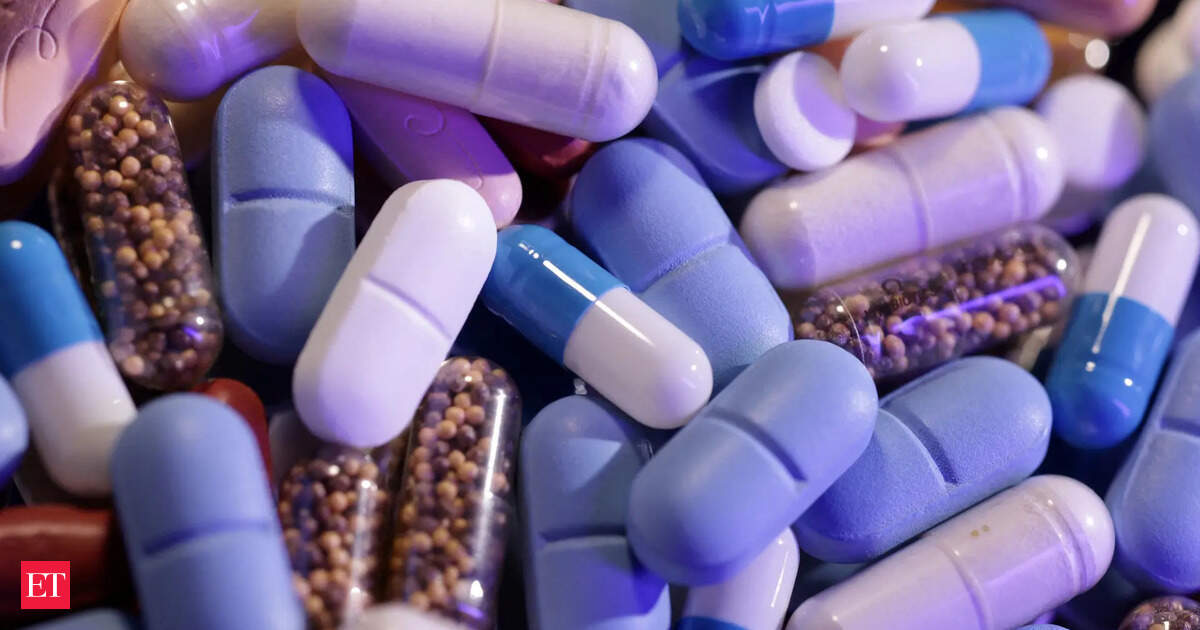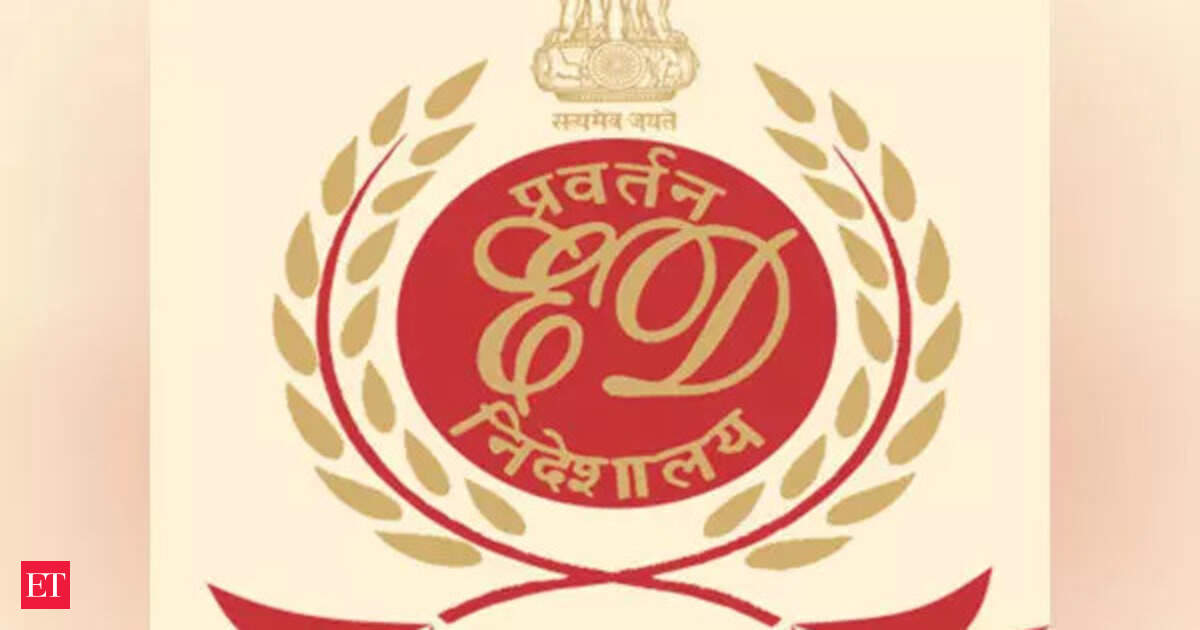Though still pending confirmation and accompanied by a grace period of up to 18 months, this unprecedented tariff threatens to shake India’s pharma sector to its core as the US is India’s largest drug importer.
Nearly 1/3 of Indian pharma exports is destined for the US, which rose 16% to about $9 billion in the last fiscal year, according to the Pharmaceuticals Export Promotion Council of India (Pharmexcil).
Such tariffs could squeeze Indian pharma firms’ profit margins and diminish their competitiveness. If the US slaps a 200% tariff, Indian medicines will become more expensive when they arrive in America. To stay competitive, Indian companies might have to lower their prices, which would cut deeply into their profits.
Known for being a low-cost supplier with high-quality drugs, India might, then, lose its pricing advantage in the American market to homegrown firms who might offer comparatively cheaper alternatives. As an end result, India stands to lose a market it had previously dominated.
India-US trade: Overarching dependency?
Dubbed the “Pharmacy of the World,” India boasts the highest number of US FDA-approved plants outside the US and exports pharmaceuticals worth billions annually, with the United States as its largest market.
From April to February 2024–25, the US accounted for 36.6% of India’s pharma exports with a robust growth despite an already massive base, noted to Pharmexcil.
To facilitate this, many Indian companies have poured significant investments into USFDA-compliant facilities and regulatory approvals—assets that could now be jeopardised.
The tariffs may force a rethink of investment strategies and stall expansion plans.
India is home to more than 3,000 pharma companies and a sprawling network of over 10,500 manufacturing facilities, producing more than 60,000 generic brands across 60 therapeutic categories.
In 2023-24 alone, the sector’s turnover soared to ₹4,17,345 crore, growing consistently at over 10% annually for half a decade.
Pivoting to other markets
Meanwhile, India’s export basket is diverse—formulations, biologics, APIs, vaccines, and biosimilars — and it leads with over 6,300 USFDA market authorisations as of April 2023, underscoring the sector’s stringent compliance with US regulations.
To fight these looming tariff threat (if and when it gets implemented), Indian pharma companies might race to diversify their markets during the 18-month grace period. Europe, Africa, Latin America, and Southeast Asia, as such, might emerge as key alternatives to reduce overdependence on the US.
Hours after Republican leader’s announcement, India’s equity benchmarks opened on a cautious note Wednesday. At 9:15 a.m. IST, the Nifty 50 was down a marginal 0.03% to 25,514.6, while the BSE Sensex slipped 0.1% to 83,625.89.
Pharma stocks were among the early casualties, with the sector index dropping 0.3%.
And if that wasn’t enough to rattle sentiment, Trump also warned the US would “pretty soon” impose a blanket 10% tariff on imports from BRICS nations – resulting an overall of 210% tariffs on pharmaceutical imports from India.




